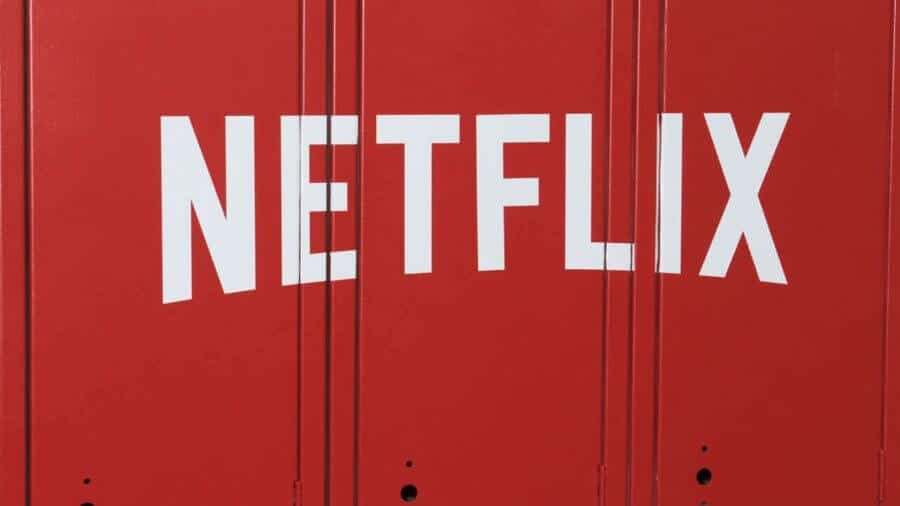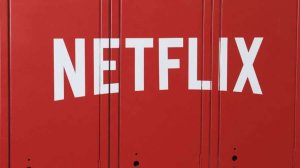When Netflix was founded in California in 1997 by Reed Hastings and Marc Randolph, it was just a DVD rental service by mail. Today, it’s a global content powerhouse available in over 190 countries. So, how did this transformation happen? In this article, we’ll explore how Netflix used data science and machine learning to dominate the streaming industry.
From DVDs to a Digital Content Empire
By 2007, with the rise of home internet access, Netflix pivoted from a local DVD rental business to a global streaming platform. Through partnerships with regional studios and an ever-growing content library, Netflix established a massive digital infrastructure. Think of it as a factory—with content being produced and consumed globally, but powered by a centralized data strategy.
Netflix is estimated to host more than 20,000 titles including movies and series. With such a diverse catalog and an international audience, personalization is key. Age, gender, culture, language, and viewing habits vary widely among users. How does Netflix manage to serve the right content to the right people? That’s where algorithms come into play.
The Netflix Algorithm Strategy
Every decision Netflix makes—what content to create, how to distribute it, and how to evaluate its performance—is driven by data. Behind what we see on screen is a world of machine learning algorithms and data-driven decision-making.
The biggest challenge? The Recommendation System. Netflix must answer the question: “What should I watch next?” The effectiveness of this system is critical to user satisfaction and retention.
Key Algorithm Techniques
1. User-Based Filtering
Recommends content based on the preferences of users with similar viewing habits. If two users like the same genres or shows, they’ll get similar recommendations.
2. Content-Based Filtering
Uses metadata like genre, actors, director, etc., to suggest content similar to what the user has previously watched and enjoyed.
3. Artificial Intelligence & Natural Language Processing
Netflix analyzes trailers, subtitles, thumbnails, and user reviews using AI models to predict user engagement and content popularity.
4. Matrix Factorization
This technique analyzes user-item interaction matrices and predicts missing values, identifying content a user is likely to enjoy. It gained popularity after the Netflix Prize competition.
The $1 Million Algorithm: Netflix Prize
Serving personalized content to millions of users is no easy feat. To improve its recommendation engine, Netflix launched the Netflix Prize in 2006. At the time, Netflix was using an algorithm called Cinematch. The challenge? Improve Cinematch’s prediction accuracy by at least 10%.
The prize: $1,000,000 to the team that could make it happen.
Data Science in Content Production
Netflix doesn’t just use AI for recommending shows—it uses it for producing them too.
For example, Netflix runs A/B tests on different thumbnails and interfaces to see which ones generate more clicks. Did you know that “House of Cards” was greenlit largely due to data analysis? Viewer preferences, actor popularity, and genre trends all pointed toward success—before the show was even made.
In short, Netflix relies on data at every stage of its content lifecycle—from production to promotion.
Conclusion
Netflix is more than a streaming service—it’s a data science company in disguise. By mastering recommendation algorithms and applying AI throughout its business model, Netflix has set the gold standard for personalized digital content.
Want more insights like this? Subscribe to our newsletter and stay updated on how AI is transforming the world of content and technology.





Comments
No comments yet
Be the first to comment!